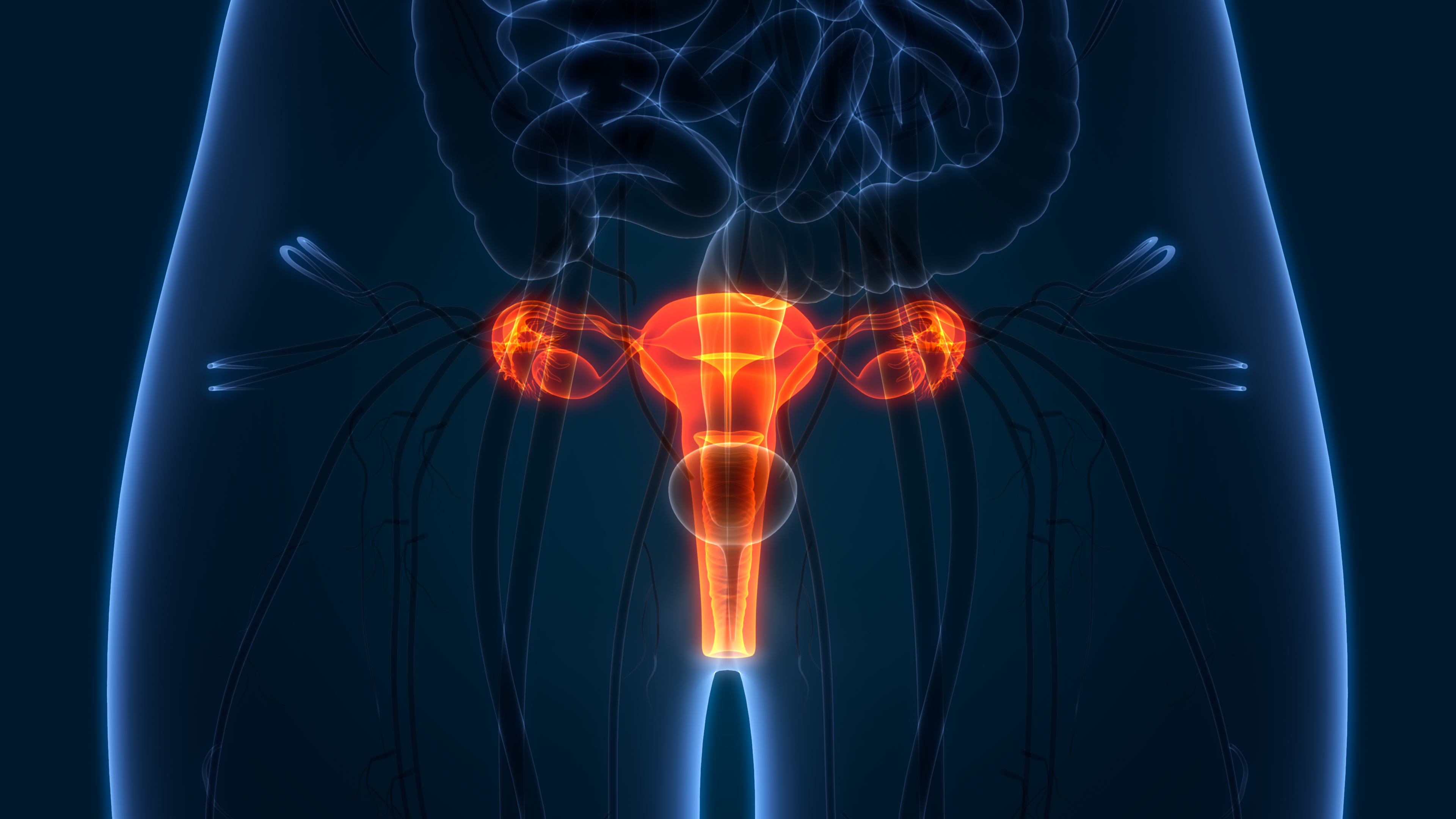Vaginal Scope for Office Procedures
TECHNOLOGY NUMBER: 2019-356
Tags:

OVERVIEW
Minimally invasive tool to minimize the need for speculum exams- Consists of a probe fitted with a sensor, camera, light source, and tissue collection brush
- Improved patient comfort and compliance with routine gynecological/proctological screening
BACKGROUND
Many individuals experience fear, embarrassment, or anxiety associated with gynecological exams, which can lead them to avoid or delay appointments. Previous negative experiences during gynecological exams, such as pain, discomfort, or feeling disrespected by healthcare providers, may deter individuals from seeking future screenings. Gynecological exams, such as cervical cancer screening, require a patient to lay on her back with her legs up in stirrups, and a mechanical speculum is used by practitioners to stretch the vagina for proper visualization and specimen collection. By addressing the underlying reasons for noncompliance and implementing strategies to overcome barriers, healthcare providers and organizations can help improve gynecological healthcare utilization and ultimately promote better reproductive health outcomes for individuals. There remains a need for a less invasive method to complete these types of routine clinical exams.
INNOVATION
Researchers have created a device that consists of a slender probe fitted with a sensor, camera, light source, and tissue collection brush, which can be inserted vaginally or rectally for tissue examination and specimen collection. The design of this tool allows it to be used when the patient is in a more comfortable position, such as laying on their side with knees together. Not only is the approach less invasive than a gynecologic speculum examination, it can easily be used for proctological evaluation. The device also allows practitioners to distance themselves from the area being examined, increasing patient comfort and diminishing provider risk of coming into direct contact with bodily fluids. The use of such a tool will lead to improved patient comfort without compromising care, which in turn may encourage more people to comply with routine preventative screenings.